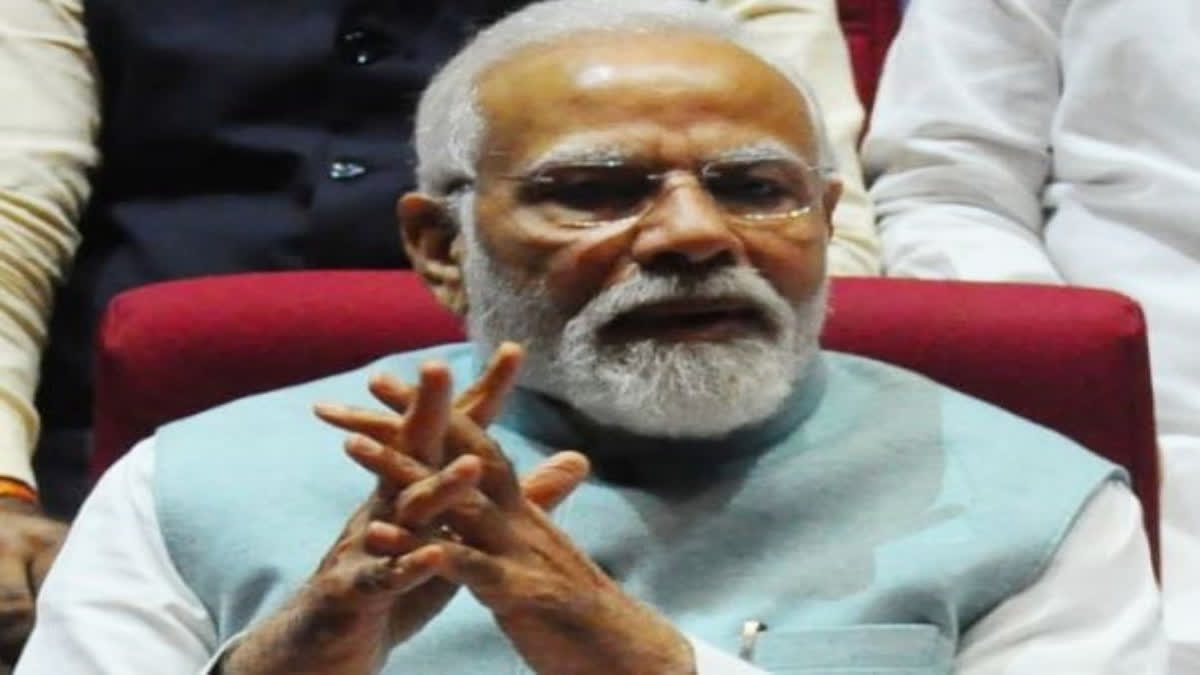Tamil Nadu: Who gave Katchatheevu to Sri Lanka? This is the question raised by Prime Minister Narendra Modi in Parliament. Prime Minister Narendra Modi has spoken thus referring to the letter written by Tamil Nadu Chief Minister MK Stalin to the Prime Minister regarding the recovery of Kachchatheevu. Well, how was the treaty signed? Let us see in detail how it came to be in possession of Sri Lanka.
According to historians, Katchatheevu was never a part of Sri Lanka. However, as per the agreement between India and Sri Lanka in 1974, Kachchatheevu was given to Sri Lanka. Another agreement in 1976 denied fishermen in India the right to use Katchatheevu for their needs.
When the first agreement was signed, the Karunanidhi-led DMK government was in power in Tamil Nadu. At that time, on January 21, 1974, Indira Gandhi had signed an agreement to hand over Katchatheevu to Sri Lanka without consulting Tamil Nadu and without giving any notice in Parliament.
The agreement drew a fictitious boundary between India and Sri Lanka in the maritime area from Adam's Bridge to Pak Strait. This line defined Katchatheevu as part of Sri Lanka. Karunanidhi, who was the Chief Minister of Tamil Nadu, wrote to the then Prime Minister Indira Gandhi to withdraw the agreement. An all-party meeting was held in Tamil Nadu and a resolution was passed against this agreement.
When the copy of the Katchatheevu agreement between India and Sri Lanka was tabled in Parliament, the members of Parliament from Tamil Nadu protested. Apart from this, when another agreement was signed with Sri Lanka in 1976, Tamil Nadu fishermen were also denied the right to Katchatheevu. At this time, the DMK government in Tamil Nadu had already been dissolved. However, the Karunanidhi-led DMK supported the Congress in the 1980 general elections. At that time, Karunanidhi's slogan "Welcome, daughter of Nehru, bring stable rule" became very popular. Although the DMK protested when Katchatheevu was handed over to Sri Lanka, the latter's stance led to criticism of the DMK and Karunanidhi.
Also read: Outside Parliament, Modi says arrogant Opposition brought no-confidence motion to test its own unity
The history of Katchatheevu can be traced back a bit. Katchatheevu is located between India and Sri Lanka in the Pak Strait of the Bay of Bengal. About 25 miles offshore from Rameswaram in India is Katchatheevu. There is no evidence of human habitation in the area at any time. It belonged to the Sethupathi kings, who ruled Ramanathapuram Princely state in the 17th century. Katchatheevu was given to the British East India Company in 1822, and later, when India came under the rule of the Queen of England, it was declared to belong to the Ramanathapuram princely State.
It was in 1921 that Sri Lanka made a claim for the island for the first time. Since then there have been occasional problems and negotiations, but the fishermen have not faced any problems. After the East Pakistan War in 1971, the situation turned upside down. India won the war and the independent country of Bangladesh was created. Pakistan and China tended to be friendly with India's neighbours. Geopolitically important Sri Lanka was in the net of those countries.
In this context, Sri Lanka made a condition that they should not be friends with China or Pakistan and should behave in harmony with India. After this, in 1974 and 1976, Sri Lankan Prime Minister Sirimao Bandaranaike and Indian Prime Minister Indira Gandhi signed the Kachchathivu agreement.
It was during the civil war in Sri Lanka that Tamil Nadu realised the severity of the ceding of the island to Sri Lanka. The Srilankan navy patrolling the sea to monitor the LTTE shot Indian fishermen on sight near Kachchatheevu. Sri Lanka's final war in 2009 ended with the death of LTTE leader Prabhakaran, before which around 250 Tamil Nadu fishermen were killed.
The arrest of fishermen in Tamil Nadu is still going on. In a letter written on January 20 to Prime Minister Narendra Modi on behalf of Chief Minister MK Stalin it has been mentioned that 619 fishermen have been arrested since 2020 till now. Referring to this letter, Prime Minister Narendra Modi spoke in Parliament.



